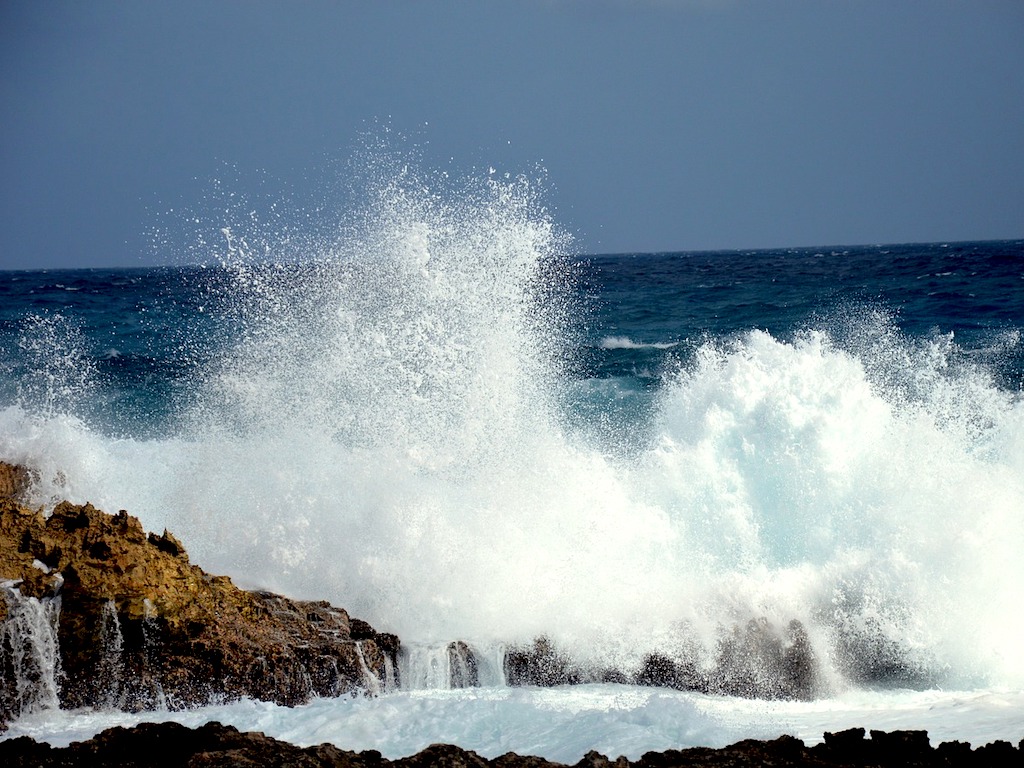3 Mins Read
A new study by researchers at the University of Strathclyde and the Observatoire Midi-Pyrénées at the University of Toulouse reveals that sea spray contains tiny plastic particles. The scientists say that once broken down in the ocean into microplastics, plastic pollution can end up back into the atmosphere and land through the ocean breeze. These findings break the widespread assumption that sea breezes are restorative, and shed light on the severity of ocean plastic pollution.
According to a new study published in the journal Plos One, mismanaged plastic waste could be blowing back ashore through ocean breezes every year. Scientists from Glasgow and Toulouse have discovered microplastics in sea spray, the first time it has been detected, raising fears that ocean breezes are no longer as clean and restorative as previously thought.
Capturing water droplets from sea spray with filters in the southwest Atlantic coast of France, in the Bay of Biscay, and then sampling it for microplastics, the team estimated that 136,000 tonnes of microplastic could be blown on shore via sea spray annually. Sea fog generated by surf, in particular, generated the highest concentrations of microplastic, at around 19 plastic particles per cubic metre of air.
Steve Allen, a scientist at Strathclyde who co-led the research, told the Guardian: “Sea breeze has traditionally been considered ‘clean air’ but this study shows surprising amounts of microplastic particles being carried by it. It appears that some plastic particles could be leaving the sea and entering the atmosphere along with sea salt, bacteria, viruses and algae.”
Every year, almost 360 million tonnes of plastic is manufactured globally, and experts say that as much as 10% ends up in our oceans. The latest research shows that the severity of our plastic pollution crisis is now coming back to bite us.
“We keep putting millions of tonnes of plastic into the ocean every year. This research shows that it is not going to stay there forever. The ocean is giving it back to us,” said Allen.
The team believe that their latest results could help solve the “mystery” of where oceanic plastic waste goes after it pollutes and leaks into the sea. For years, scientists have been puzzled about the “missing” amount of plastic pollution that enters rivers and oceans after accounting for a portion of it sinking, going into the sediment or staying afloat on the surface.
Previous studies on plastic pollution have found microplastics in rainwater. In August last year, researchers discovered a plethora of multi-coloured microscopic plastic fibres in rainwater samples collected from the Rocky Mountains in the United States. Other findings include that wind can help the transportation of microplastics in the air over long distances, and that traces of microplastics can be detected in sea salt for human consumption.
Activists, scientists and regulators have sounded the alarm for action to tackle the global health and environmental crisis we face. Most experts agree that greater oversight over plastic waste by producers and commercial industries need to be implemented, while individuals must also dramatically reduce plastic consumption while increasing recycling and reuse efforts.
Lead image courtesy of Pixabay.




